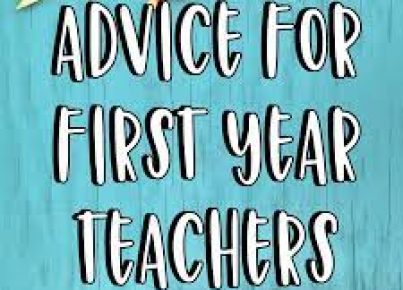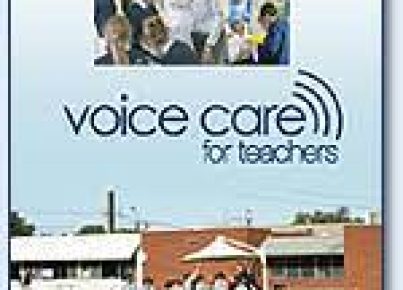As education continues to evolve, experiential education has been on the rise across K-12 schools and higher education. According to the Association for Experiential Education, this type of education is defined as “a teaching philosophy” that informs many methodologies in which educators purposefully engage with learners in direct experience and focused reflection in order to increase knowledge, develop skills, clarify values, and develop people’s capacity to contribute to their communities.” In other words, experiential education can be thought of as learning by doing, or incorporating more hands-on work and concrete experiences into the curriculum.
Study Abroad
One of the most well-known and best examples of experiential education is global education, or studying abroad. Though studying abroad was not extremely common in the United States a mere fifty years ago, the amount of students who are choosing to incorporate an international experience into their education is increasing. In addition, study abroad offices, departments, and provider companies have been steadily increasing over time as well, in order to accommodate for the demand of this educational experience.
Even though students from different walks of life will experience their time abroad differently than one another, studying abroad still accomplishes the goals of experiential learning, as defined by the Association of Experiential Education. Those who go abroad have valuable opportunities to develop intercultural skills more deeply than their counterparts who do not study abroad, hone language skills, build a sense of contributing back to communities, and learn about different values around the world. These skills are extremely valuable since companies and recruiters are now looking for intercultural skill sets in their candidates. As we move towards the age of experiential education, students should begin to plan ahead on how they can incorporate a study abroad into their educational plans.
Student-Centered Learning
Another excellent example of experiential education is the move towards student-centered learning. Many of us know the traditional methods of teaching: students are lined up, alert and ready to follow a teacher-centered lecture or lesson. Students are expected to take notes, ask questions, and listen. But the issue with this method of traditional teaching means we assume all students are coming into the lesson with the same level of learning – it does not address the varying levels of education that these students come in with.
There are many ways to accommodate for student-centered learning, but one way is to differentiate instruction. Moving towards experiential education could mean more professional development for our educators to learn how to accommodate for the diverse learners in the classroom. It would require teachers to assess students before, during, and after the lesson to make sure they are differentiating the learning goals for each student. By focusing on the student, we are creating a student-centered learning environment where their needs are met.
Overall, the shift towards experiential education is a positive change that has excellent potential to really improve and enhance our traditional educational system. There are many more ways to incorporate experiential education practices within the classroom in both K-12 and higher education, and the first step is to shift our mindset to this non-traditional way of learning and support both our educators and students. Making their success a priority in this ever-changing world – where success looks different for every generation – will help us continue to evolve with the new ideas of experiential education.




